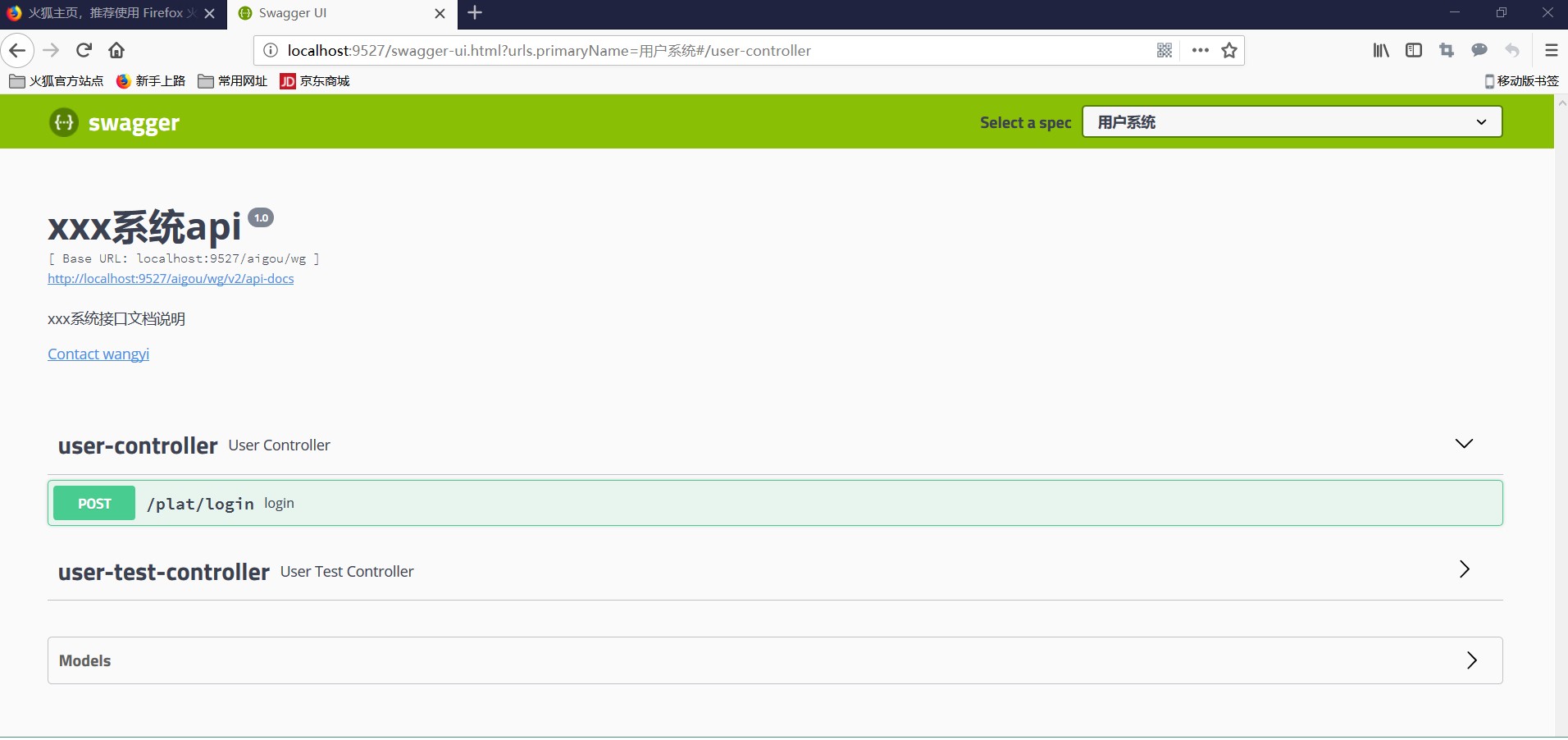0.导包
<!--配置swagger管理接口文档-->
<!-- https://mvnrepository.com/artifact/io.springfox/springfox-swagger2 -->
<dependency>
<groupId>io.springfox</groupId>
<artifactId>springfox-swagger2</artifactId>
<version>2.9.2</version>
</dependency>
<!-- https://mvnrepository.com/artifact/io.springfox/springfox-swagger-ui -->
<dependency>
<groupId>io.springfox</groupId>
<artifactId>springfox-swagger-ui</artifactId>
<version>2.9.2</version>
</dependency>
1.在需要扫描的controller层配置一个类
@Configuration
@EnableSwagger2
public class Swagger2 {
@Bean
public Docket createRestApi() {
return new Docket(DocumentationType.SWAGGER_2)
.apiInfo(apiInfo())
.select()
.apis(RequestHandlerSelectors.basePackage("cn.xxx.yy.web.controller"))
//包:就是自己接口的包路径
.paths(PathSelectors.any())
.build();
}
private ApiInfo apiInfo() {
return new ApiInfoBuilder()
.title("xxx系统api")//名字
.description("xxx系统接口文档说明")//额外藐视
.contact(new Contact("ww", "", "ee@163.com"))
.version("1.0")// 版本
.build();
}
}
2.在zuu中配置两个类
@Component
@Primary
public class DocumentationConfig implements SwaggerResourcesProvider {
@Override
public List<SwaggerResource> get() {
List resources = new ArrayList<>();
//以后增加了接口就在这配置就ok
resources.add(swaggerResource("xx系统", "/xx/wg/v2/api-docs", "2.0"));
resources.add(swaggerResource("ss系统", "/xx/product/v2/api-docs", "2.0"));
resources.add(swaggerResource("qq系统", "/xx/common/v2/api-docs", "2.0"));
return resources;
}
private SwaggerResource swaggerResource(String name, String location, String version) {
SwaggerResource swaggerResource = new SwaggerResource();
swaggerResource.setName(name);
swaggerResource.setLocation(location);
swaggerResource.setSwaggerVersion(version);
return swaggerResource;
}
}
@Configuration
@EnableSwagger2
public class SwaggerConfig {
@Bean
public Docket createRestApi() {
return new Docket(DocumentationType.SWAGGER_2)
.apiInfo(apiInfo());
}
private ApiInfo apiInfo() {
return new ApiInfoBuilder()
.title("xx系统")
.description("xx系统接口文档说明")
.contact(new Contact("ss", "", "ss@163.com"))
.version("1.0")
.build();
}
}
4.一般情况配置以上配置就可以正常使用swagger了,但由于一些版本问题导致出现:
Unable to infer base url. This is common when using dynamic servlet registration or when the API is behind an API Gateway. The base url is the root of where all the swagger resources are served. For e.g. if the api is available at http://example.org/api/v2/api-docs then the base url is http://example.org/api/. Please enter the location manually:
这个时候需要在配置类的启动类中添加注解进行扫描即可:
@SpringBootApplication
@EnableEurekaClient
@EnableZuulProxy//zuul
@ComponentScan("cn.xxx.aigou.swagger2")
//@EnableSwagger2
public class ZuulApplication9527 {
public static void main(String[] args) {
SpringApplication.run(ZuulApplication9527.class);
}
}
